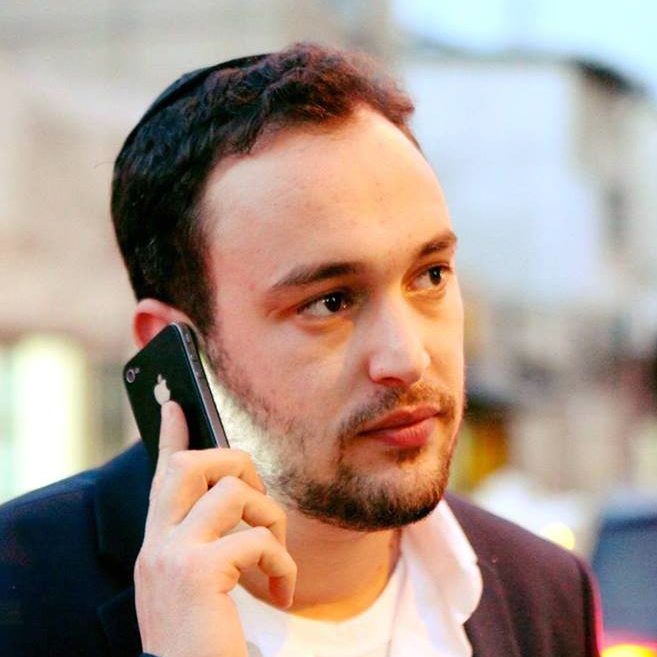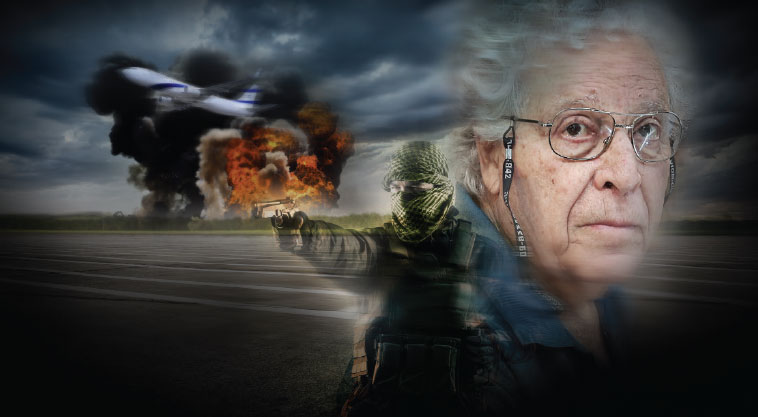No Hijacking Here!


Back in 1970, PFLP terrorists took control of the skies with a series of successful hijackings, diverting the planes to Arab countries and then blowing them up. Forty-eight years later, Uri Bar Lev remembers how he never let it happen to him (Photos: Yaakov Lederman, GPO archives)
When terrorists from the Popular Front for the Liberation of Palestine went on a hijacking spree 48 years ago this month, running through the aisles of four international aircraft brandishing guns and grenades, it was one of the most frightening days in the history of air travel. Yet on that day, 5 Elul/September 6,1970, while the terrorists were feeling confident in their invincibility, one pilot was determined that no one was going to take over his craft.
That’s when Pan Am flight 93 from Amsterdam to New York was hijacked to Beirut and then to Cairo, and when TWA Flight 741 from Frankfurt to New York originating in Tel Aviv and Swissair flight 100 from Zurich to New York, were diverted to Zarka — a hot, sandy, out-of-use military airfield in the Jordanian desert. The hijackers, under the authority of George Habash’s PFLP who had pulled off several successful hijackings in the previous two years, were demanding the release of terrorists imprisoned in Switzerland and Germany, as well as thousands of terrorists imprisoned in Israel.
Among the passengers on the ill-fated TWA plane rerouted to Jordan were Rabbeinu Chaim Berlin Rosh Yeshivah Rav Yitzchak Hutner and his wife, and yblch”t his daughter Rebbetzin Bruria David and her husband, Pachad Yitzchak Rosh Yeshivah Rav Yonasan David. Two of Rav Hutner’s young students, Yaakov Drillman (today Rosh Yeshivas Beis Yosef Novardok) and Meir Fund (today rav of Beis Medrash Sheves Achim — the “Flatbush Minyan”) were also on the flight, as were the Sephardic gedolim Chacham Rav Yosef Harari-Raful and his brother Rav Avraham Harari-Raful of Brooklyn. Held hostage for several weeks by hundreds of PFLP terrorists and Jordanian militants, and caught in the crossfire of the violent Black September uprising in Jordan, the captives were finally released the day before Rosh Hashanah.
Yet as the Pan Am, TWA, and Swissair planes were being hijacked, there was another plane targeted in this coordinated terror mission — but that hijacking was thwarted by a brave El Al pilot named Uri Bar Lev, who not only saved his passengers and managed to eliminate the terrorists, but also forced a change in the international rules for confronting hijackers.
Pirates of the Air
In the late 1960s and early ‘70s, plane hijackings had become somewhat of an aviation epidemic. Aircraft security was in its infancy back then, and there were no metal detectors used to scan passengers boarding planes. Hijackers were able to board a plane with weapons hidden in the folds of their clothing with a bit of creative effort.
The PFLP became a force to be reckoned with after hijacking of El Al fight on its way from Rome to Israel in the summer of 1968, landing in Algiers and holding passengers and crew captive for a month, until Israel capitulated to the hijackers’ demands and released 24 Palestinian terrorists from Israeli prisons. The following February, PFLP terrorists attacked an El Al plane in Zurich awaiting takeoff for Israel, killed the copilot, and injured the pilot and other crew members. Half a year later, a plane traveling to Los Angeles was hijacked, and two Israeli passengers on board were held captive for a month and a half. A few months after that, terrorists from the same group blew up a passenger flight that departed from Switzerland to Israel, and the plane crashed, killing 47 people — among them 15 Israelis.
Oops! We could not locate your form.







